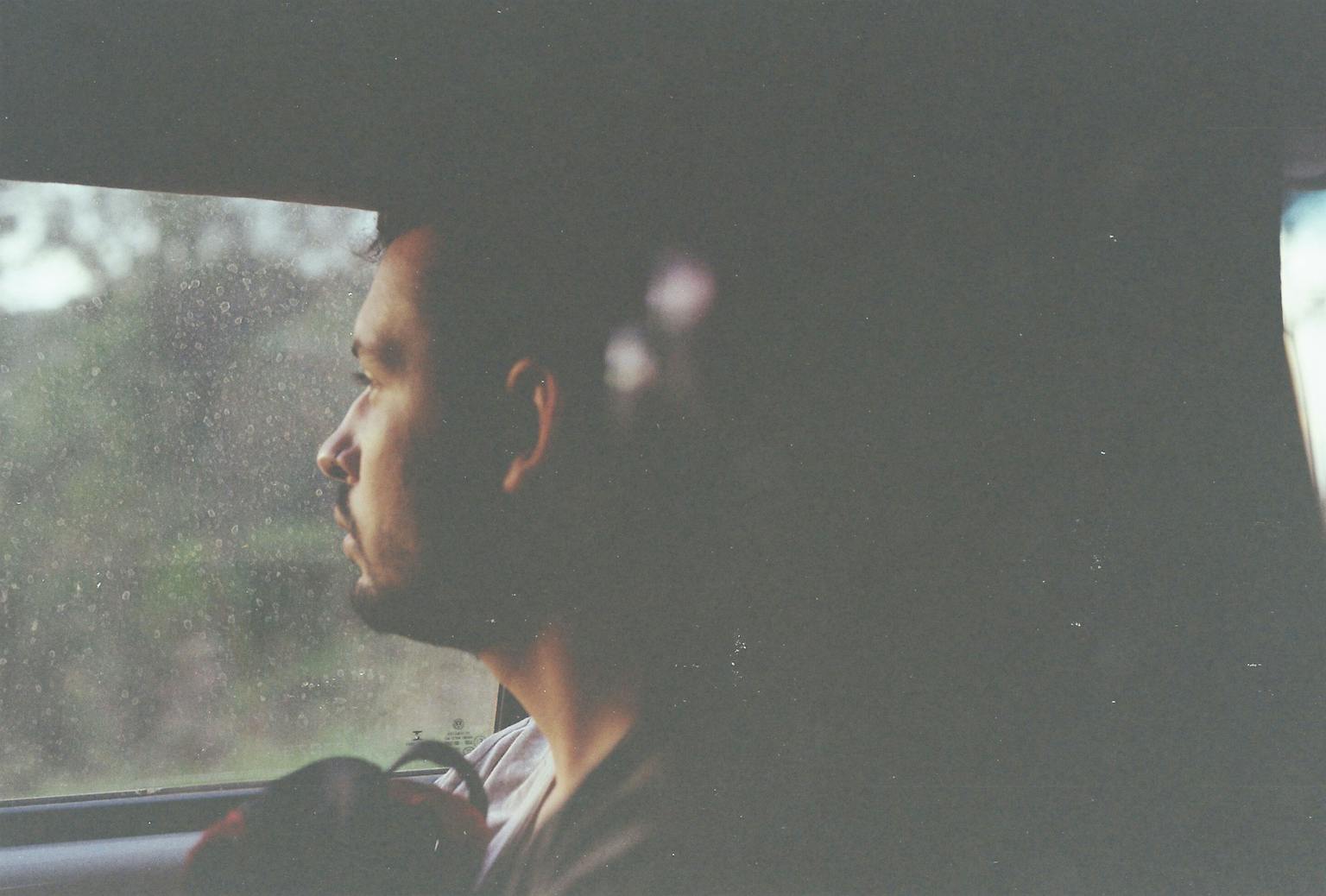How can dreams be helpful? One helpful thing to do with dreams is to focus on the figures—people, animals, characters—that appear in them, and then imagine what they might have to say to you, if they were with you here now in waking life. Allow yourself to improvise and just say what comes to mind, if you were to give the figure a voice.
When we dream—when our daily consciousness gets put down—we encounter ways of thinking and feeling that are deep down within us, somewhere (they have to be somewhere in there, because we can access them), but which perhaps aren’t a part of our familiar, daily consciousness. These ways of thinking and feeling can get embodied as figures, who present something new and possibly valuable to us.
There is a parallel here with how we might treat culture: as a source of relationships. The reason we might want to read great works from the past is to find (imaginary) friends. Emily Dickinson, for example, we could relate to as a figure from a dream; someone whose ways of thinking and feeling we might bring to life in our lives. She can accompany us, console us, inspire us.
The dreams from the night that just passed and the dreams from the centuries past can both be sources of starting points for new thoughts, new approaches, new life.
Image: Untitled, 2020, Júlia Borges
Jack Fuller
Jack is a depth therapist and the founder of Archive. He has a doctorate in theology from Oxford University and a degree in neuroscience from Melbourne University. He is the co-author of The Imagination Machine (Harvard Business Press, 2022)
